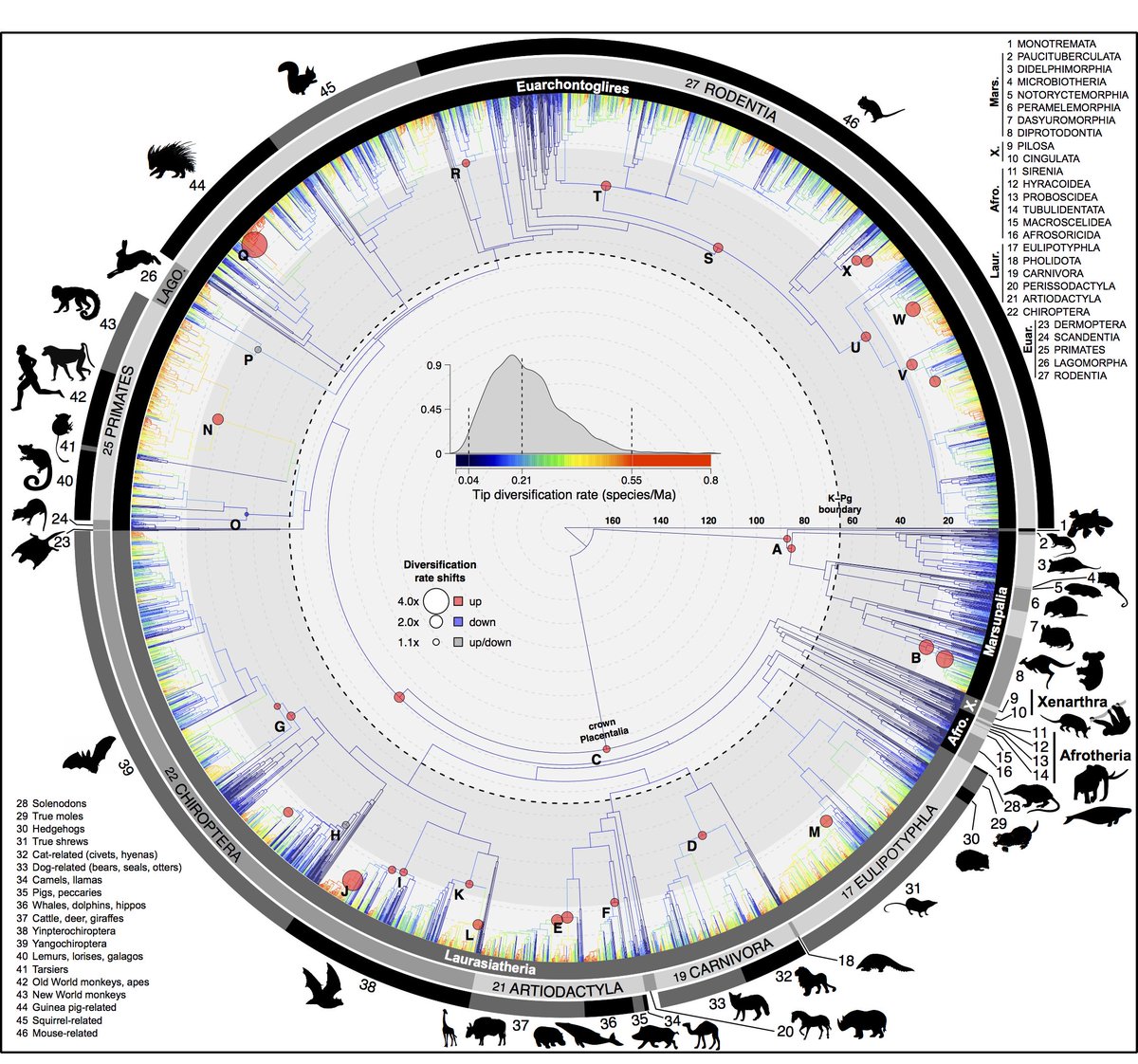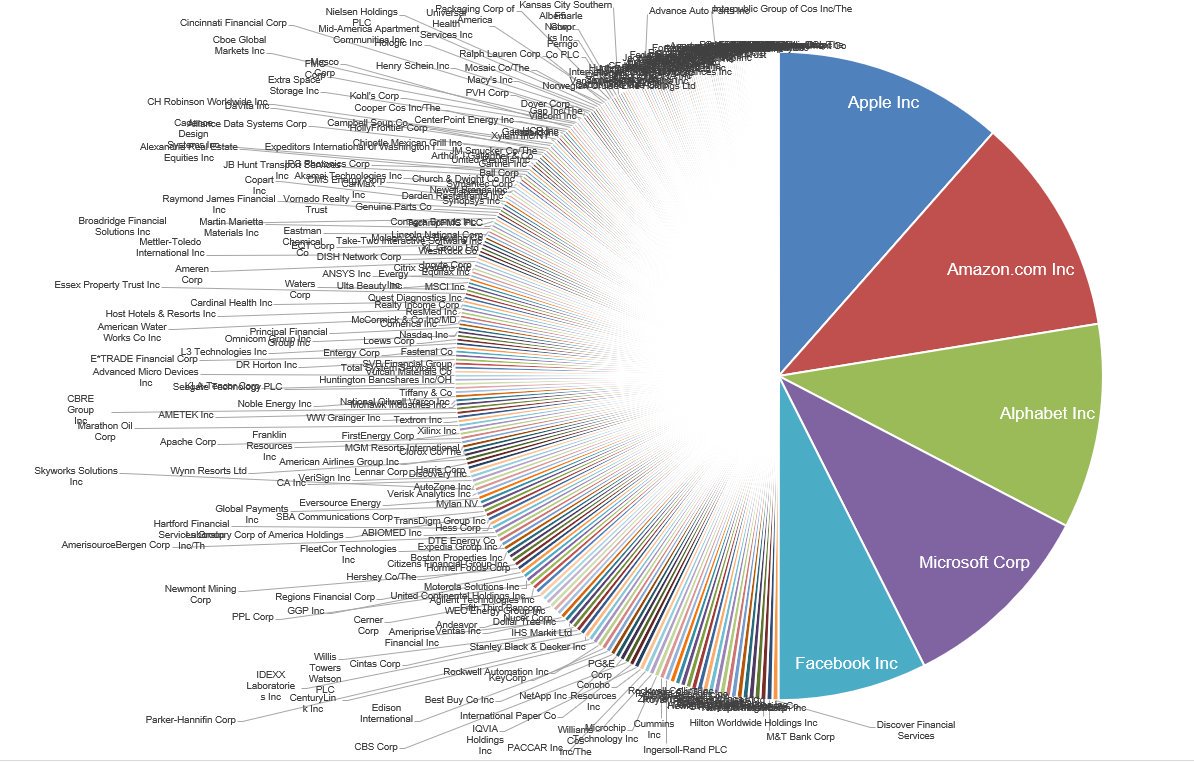Do you understand the ways in which innovation sticks at the micro level and the macro-level ecologies in which that happens?
The ecology makes certain product characteristics stickier than others and favors some innovation channels over others.
Since you will ask: innovation in China is a Wild West mix of these three models.
The US tech sector is the prime example. In the archetypal story, a garage-based company comes out of nowhere to disrupt entire markets.
Mobile had new revenue models as well. $MSFT charged license fees for Windose. $GOOG cashes in on search, $AAPL on hardware & both on app store sales.
It wasn’t just late to building competitive digital cameras – it didn’t adapt to the new platforms and modes of use (mobile & social).
Kaizen in product quality & cost was key to Japan’s dominance of consumer electronics in the 1980s & 1990s.
Such an ecology would have to incorporate the right mix of kaizen (preserving beneficial features and practices) and disruption (the radically new).
The company created the first electric car people actually wanted to drive (disruption), but lacked the mass-production expertise of "legacy" manufacturers.
They have to do at least one of the following:
- Rely on a monopoly
- Create a want
- Address a need
- Create a new market
- Become a new product platform
- Solve a problem
Hardware makers sell printers cheap, sometimes even give them away, which creates a market for ink cartridges.
Software companies often give away the product and sell servicing: support and updates.
Operating systems and social networks are like this. Windows for software. Amazon for merchandise and Faecebook for mobile/social games.
You can make money on licensing, sales margins or third-party advertising.
My company has to maintain a supply chain all the way from China and Tanzania. You just invented a production line that saves me 70% of labor costs, so I can build a parts factory right next to my assembly plant in North Carolina. You solved my problem.
Needs are different from problems because they are all-or-nothing. You need food to survive, no room for negotiation.
Your sustainable farm addresses people's need for healthy food (NOT chemically treated food products). Because can't be healthy on fake food.
This is what most mobile "technology" is like. The productive uses of mobile are calls and messaging. But mobile sales aren't driven by utility. They are about status, the desire to have the latest gadget with "best" tech specs, aesthetics (my sin) and so on.
When Jobs returned to the company, Apple survived on making barely functioning Macs, not on the iPod which took time to produce and market.
The Holy Grail for any business and every entrepreneur. Most of us know instinctively that if we corner the market we can print money.
Monopoly is the natural endpoint of market competition, contrary to what klueless economists and ideologues will tell you.
When you have the upper hand, you can charge whatever and even pick your customers. Why deal with losers?









